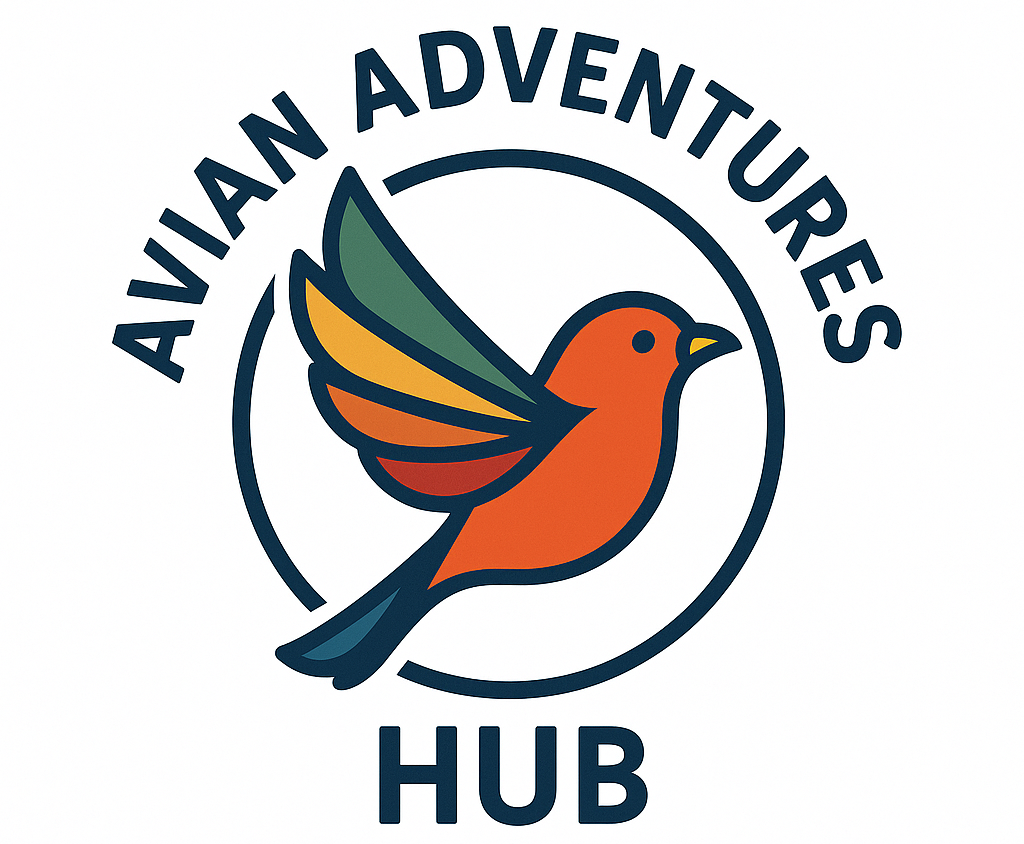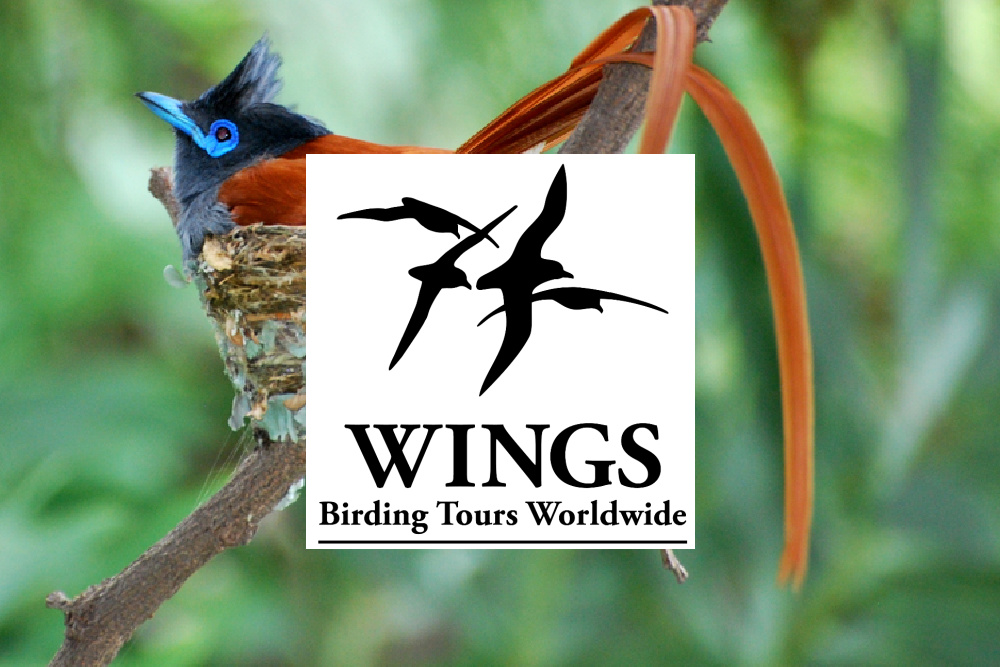Brazil: Marvelous Mato Grosso
Click link below to learn more:
Length of trip
Description
Use a map to trace the geographical center of the South American continent and you will find yourself pointing at the Brazilian state of Mato Grosso. Straddling the continental divide between the Amazon and Plata river basins, this amazingly diverse state provides the easiest and best access to the largest variety of habitats on the continent. Just a century ago this was a very remote and rugged territory, but a major airport in Cuiabá and highways in all directions have made it an ecotourism hotspot and the best region for a single trip to Brazil. By visiting three major ecoregions—the cerrado, the Pantanal wetlands, and the Amazon rainforest—we’ll be exposed to a remarkable variety of tropical bird families, including cracids, parrots, toucans, woodcreepers and ovenbirds, antbirds, and cotingas.
We’ll start at a national park only an hour and a half from the Cuiabá airport, giving us a chance to settle in. The Chapada dos Guimarães, at the western edge of the Brazilian Plateau, is a flat-topped escarpment providing access to the seasonally dry woodland, grassland, and scrub called cerrado, an ecoregion almost endemic to east-central Brazil. Our brief sojourn in this habitat will complement the rest of the trip with several unique species and striking scenery.
We’ll then move to Cristalino Jungle Lodge, a famous and upscale lodge that gives us the best access to the fabled Amazonian rainforests of Brazil—not via the Amazon River itself but on its uppermost tributaries, far from that fluvial mega-highway that has been a conduit for commerce for centuries. We’ll arrive at Cristalino through the “back door” of Alta Floresta, relishing the pristine setting along the Cristalino River and marveling at the mixed-species flocks in the forest: how can so many birds appear (and disappear) so quickly? The rare treat of being able to observe cotingas and canopy flocks at eye level from the lodge’s two free-standing towers will make canopy birders of us all.
We’ll close with five days in the Pantanal, the world’s largest freshwater wetland complex, where an eye-popping multitude of waterbirds will compete for our attention with many other species, including the striking Hyacinth Macaw. The nearly mythical Jaguar is seen along the Cuiabá River and we’ll take at least three boat trips up the river and side channels where in recent years there have been sightings of multiple Jaguars.
This ornithological, indeed natural history extravaganza, combined with comfortable accommodation situated close to our birding sites, an excellent infrastructure of lodges, friendly people, and superb food, sets the stage for one of the best birding experiences imaginable.
Iguaçu Falls Extension: With a height of up to 270 feet and a width of 1.7 miles, the 275 drops of Iguaçu Falls may be the most impressive falls in the Americas. Iguaçu has the sixth-greatest average annual flow of any waterfall in the world, with an average rate of 61,660 cubic feet per second. However, it is not only a scenic place; it is also a wonderful birding destination. We’ll spend a day at Iguazú National Park on the Argentina side, enjoying both the falls and the birds, and then explore the surrounding area and its avifauna with two more days of birding.

